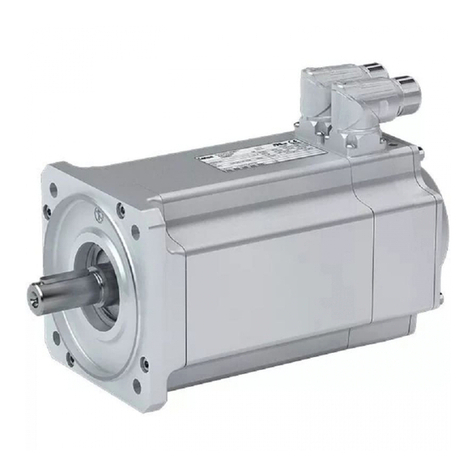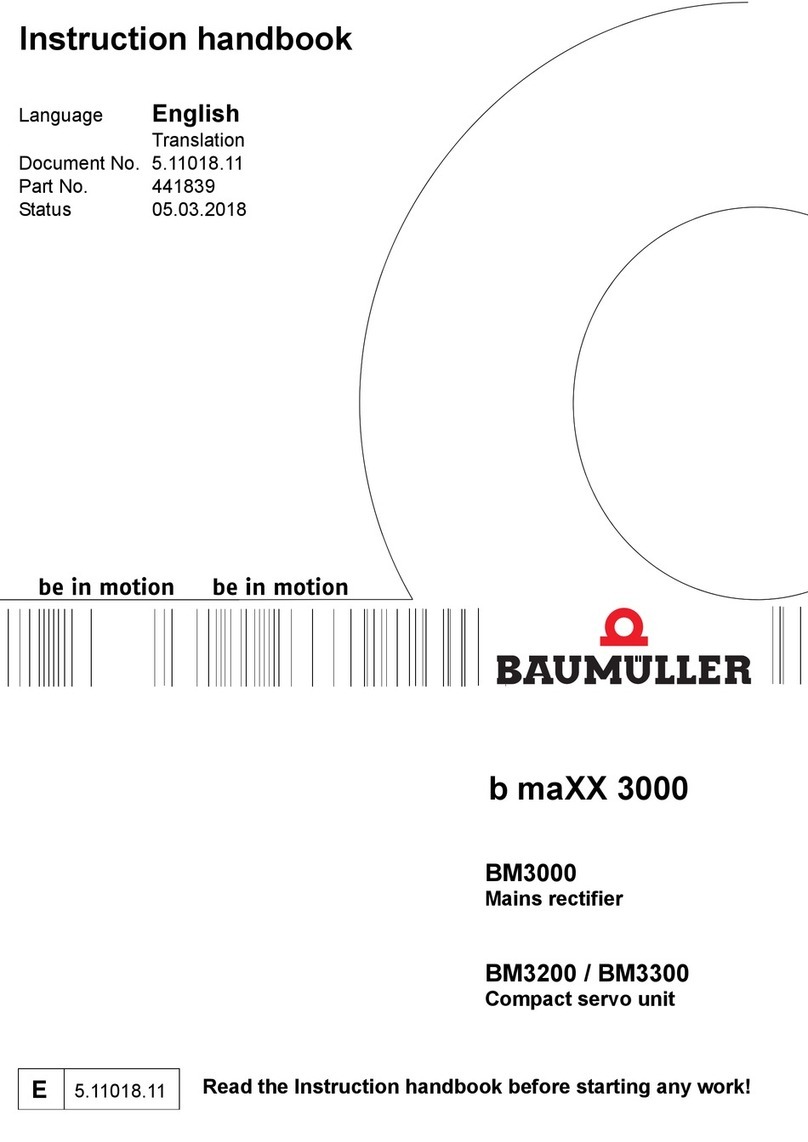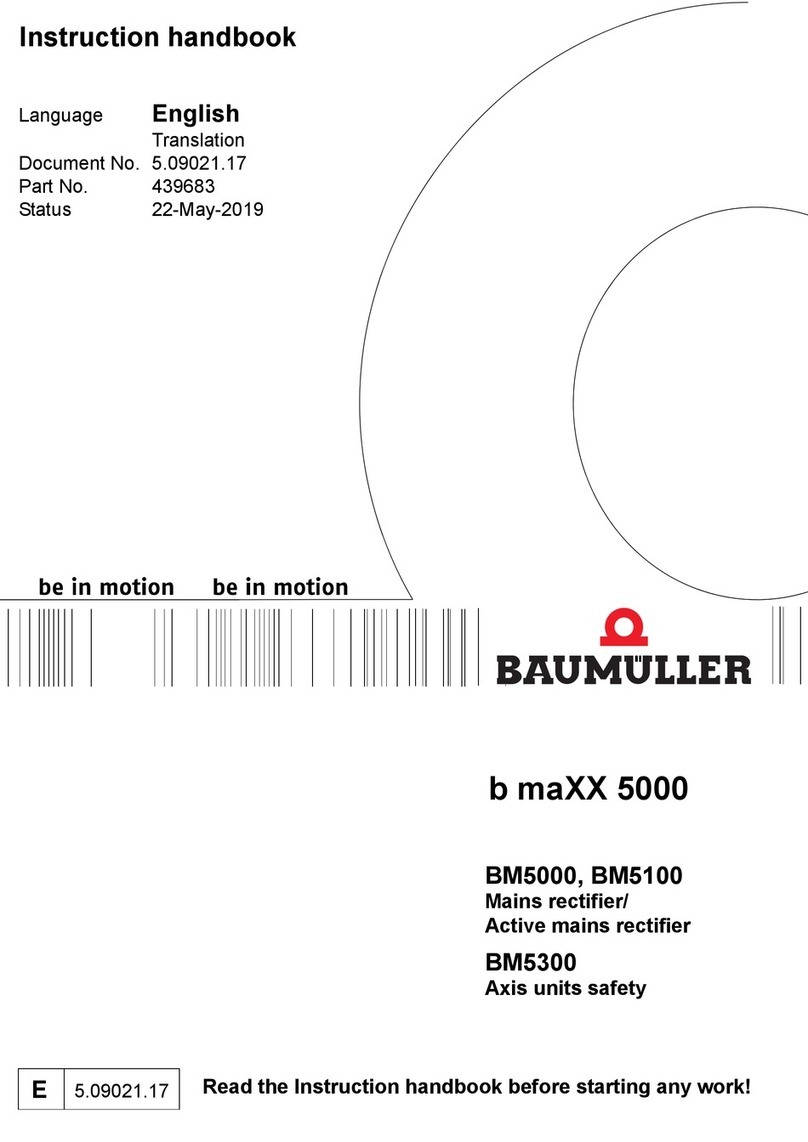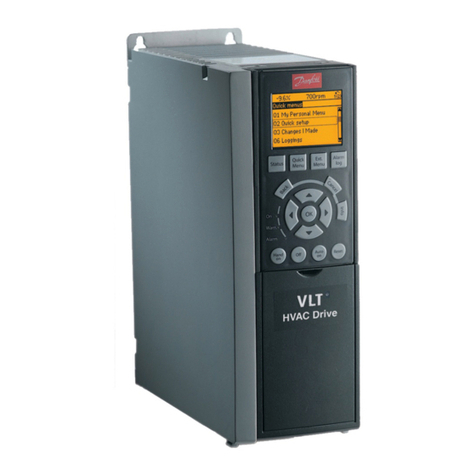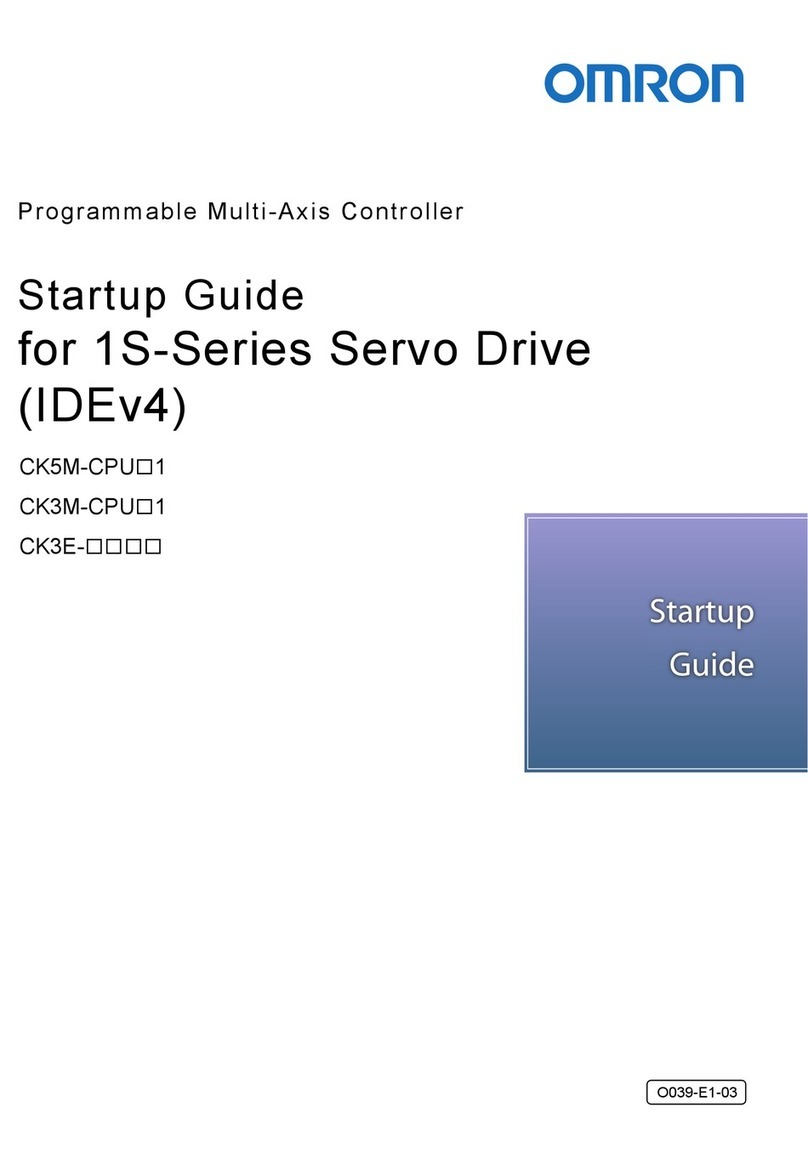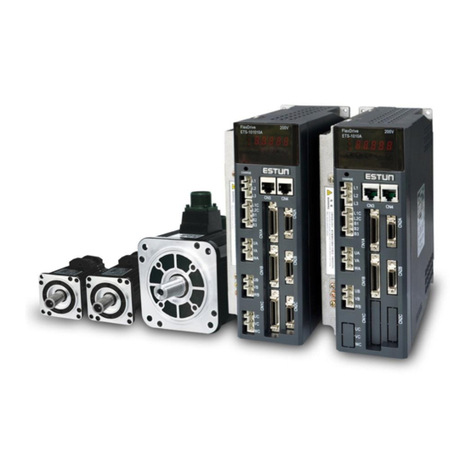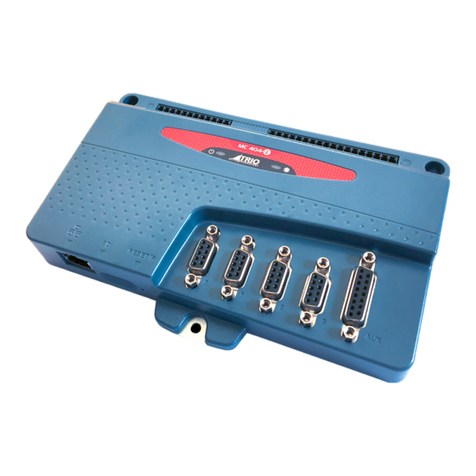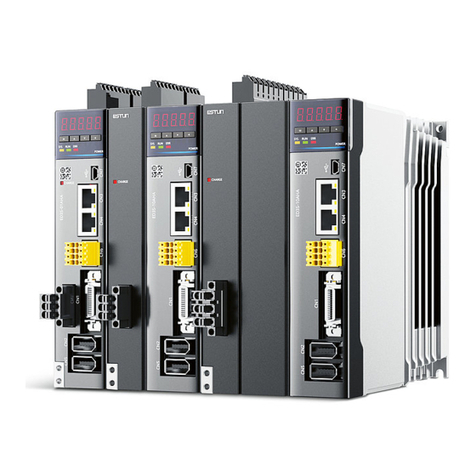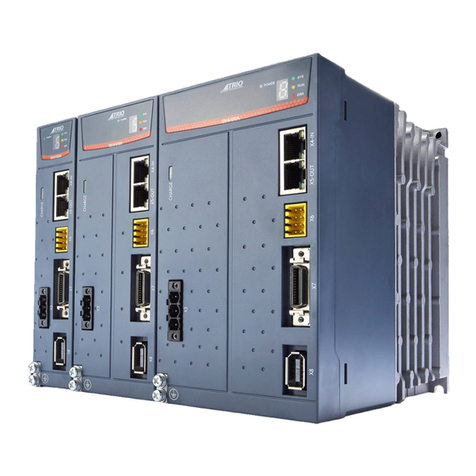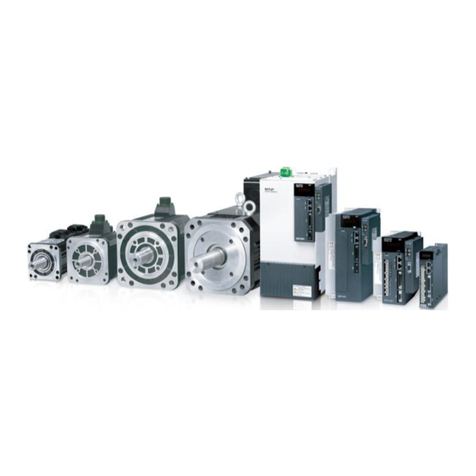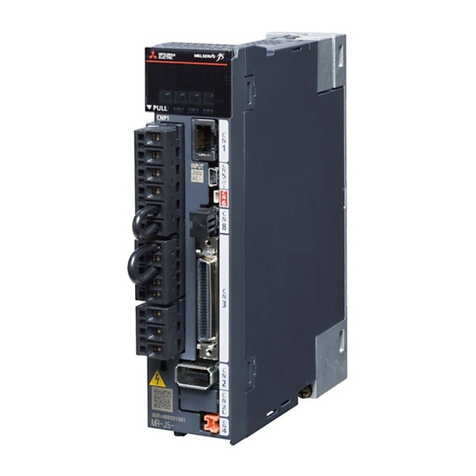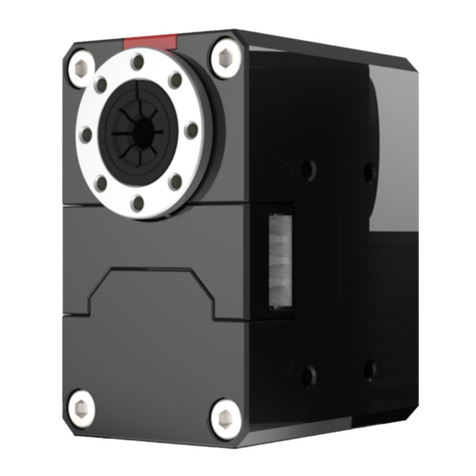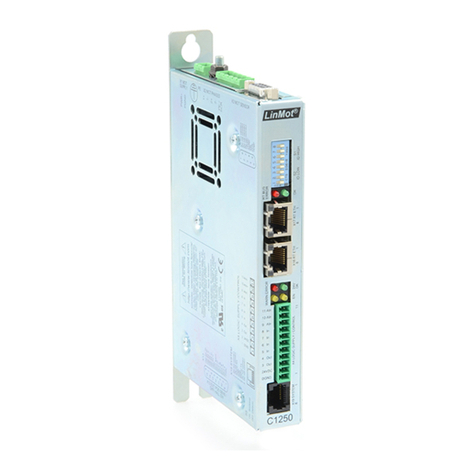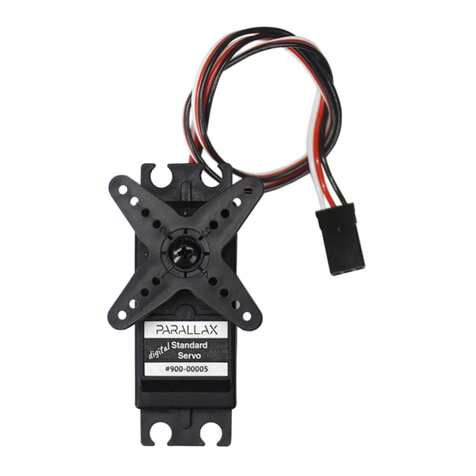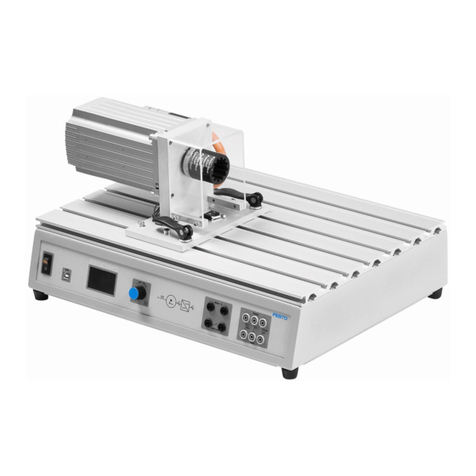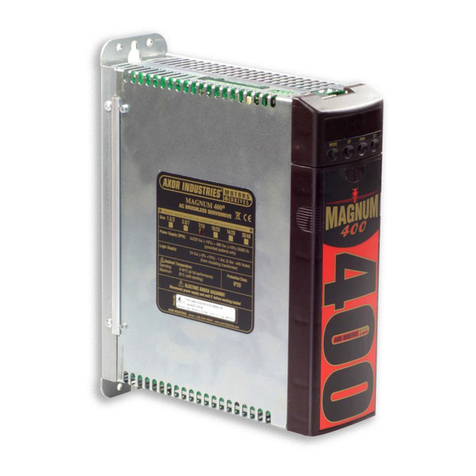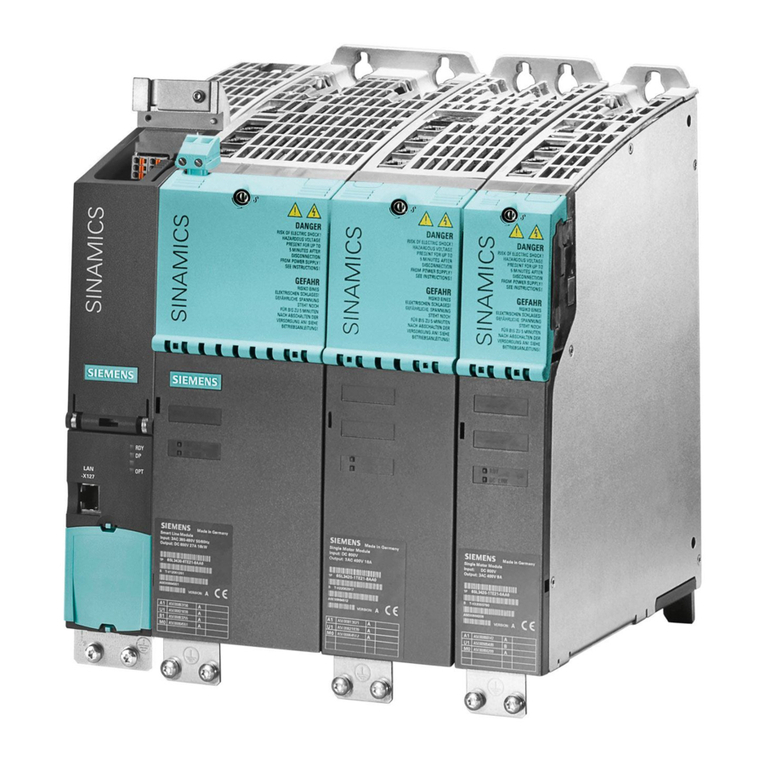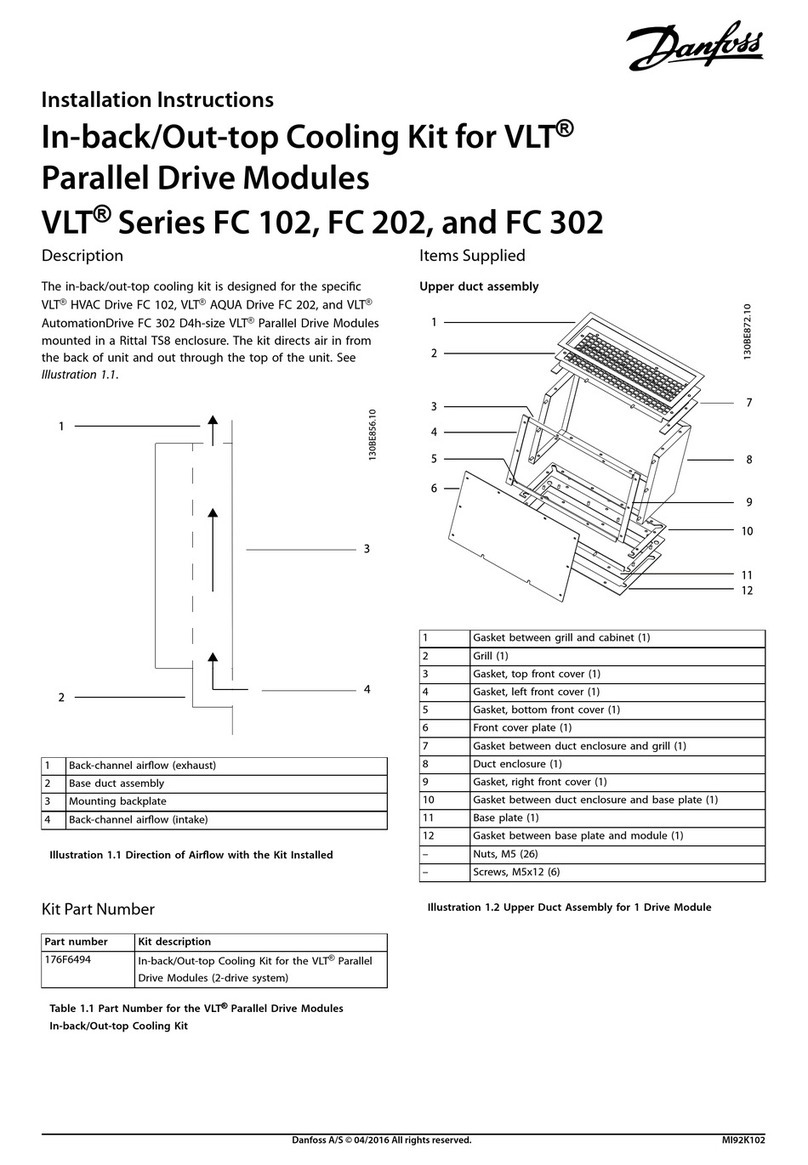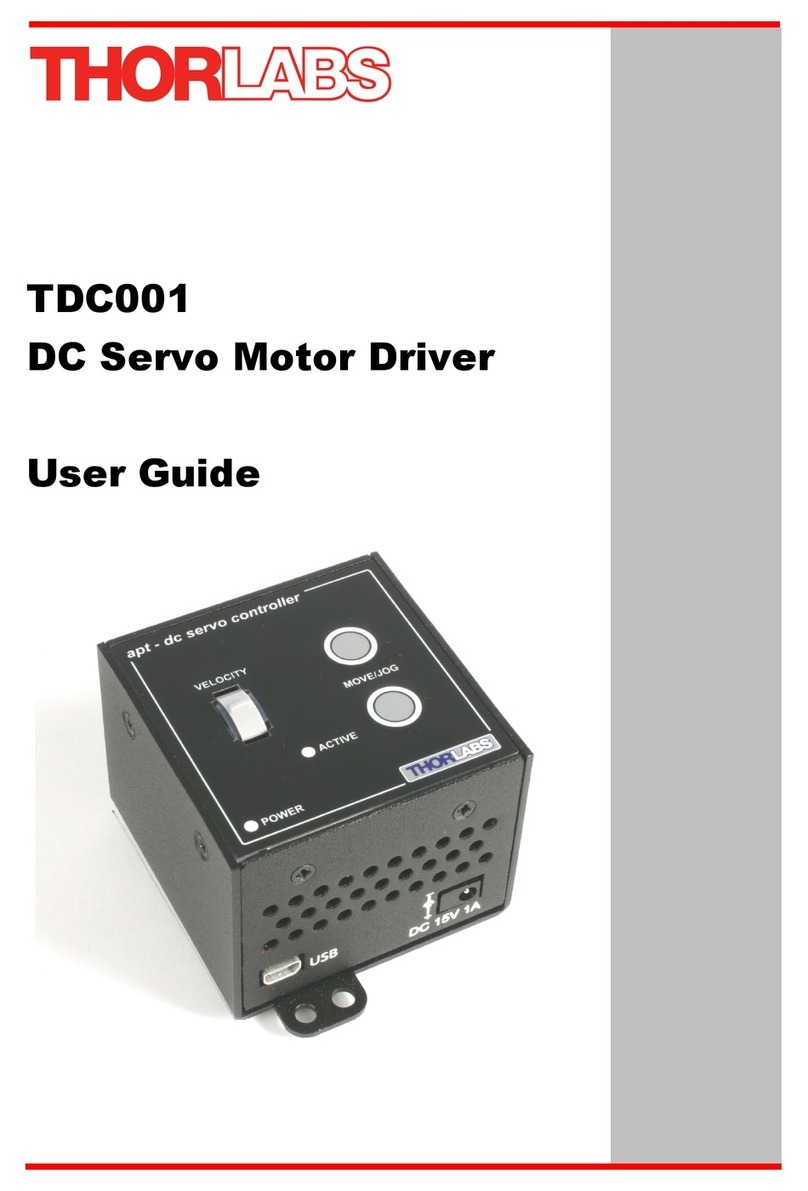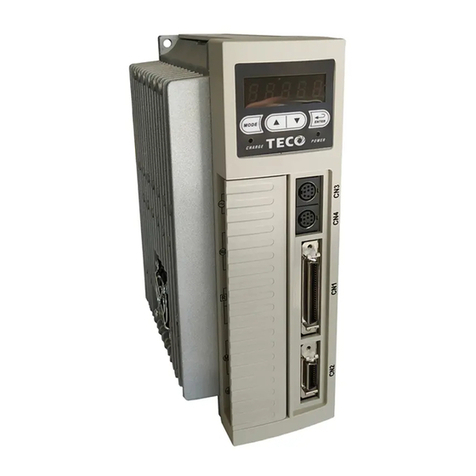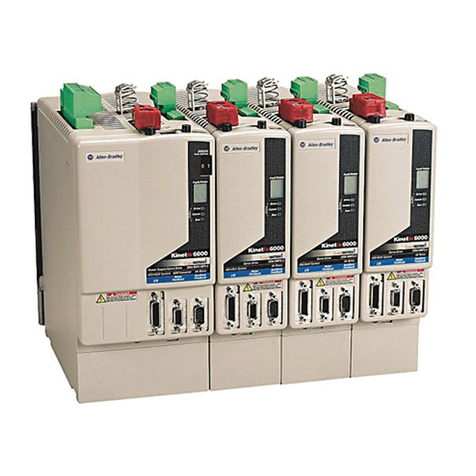
ProNet Plus Series AC Servo User's Manual
3.5.1 Single-phase 200V ProNet-A5A~04A ................................................................................................- 37 -
3.5.2 Three-phase 200V ProNet-08A~50A .................................................................................................- 39 -
3.5.3 Three-phase 400V ProNet-10D~50D.................................................................................................- 41 -
3.5.4 Position Control Mode .........................................................................................................................- 43 -
3.5.5 Speed Control Mode............................................................................................................................- 44 -
3.5.6 Torque Control Mode...........................................................................................................................- 45 -
3.6 Wiring for Noise Control..................................................................................................................................- 46 -
3.6.1 Noise Control.......................................................................................................................................- 46 -
3.6.2 Precautions on Connecting Noise Filter ..............................................................................................- 47 -
3.7 Installation Conditions of EMC Directives.......................................................................................................- 49 -
3.8 Using More than One Servo Drive..................................................................................................................- 51 -
Chapter 4 ......................................................................................................................................................................- 53 -
Operation ......................................................................................................................................................................- 53 -
4.1 Trial Operation ................................................................................................................................................- 53 -
4.1.1 Trial Operation for Servomotor Without Load ......................................................................................- 55 -
4.1.2 Trial Operation for Servomotor without Load from Host Reference.....................................................- 57 -
4.1.3 Trial Operation with the Servomotor Connected to the Machine..........................................................- 61 -
4.1.4 Trial Operation for Servomotor with Brakes.........................................................................................- 62 -
4.1.5 Position Control by Host Controller......................................................................................................- 62 -
4.2 Control Mode Selection...................................................................................................................................- 63 -
4.3 Setting Common Basic Functions...................................................................................................................- 64 -
4.3.1 Setting the Servo ON Signal................................................................................................................- 64 -
4.3.2 Switching the Servomotor Rotation Direction ......................................................................................- 65 -
4.3.3 Setting the Overtravel Limit Function...................................................................................................- 66 -
4.3.4 Setting for Holding Brakes...................................................................................................................- 68 -
4.3.5 Instantaneous Power Loss Settings ....................................................................................................- 72 -
4.4 Absolute Encoders..........................................................................................................................................- 72 -
4.4.1 Selecting an Absolute Encoder............................................................................................................- 72 -
4.4.2 Handling Battery..................................................................................................................................- 72 -
4.4.3 Replacing Battery................................................................................................................................- 73 -
4.4.4 Absolute Encoder Setup(Fn010, Fn011)..............................................................................................- 74 -
4.5 Operating Using Speed Control with Analog Reference .................................................................................- 74 -
4.5.1 Setting Parameters..............................................................................................................................- 74 -
4.5.2 Setting Input Signals............................................................................................................................- 75 -
4.5.3 Adjusting Reference Offset..................................................................................................................- 75 -
4.5.4 Soft Start..............................................................................................................................................- 77 -
4.5.5 Speed Reference Filter Time Constant................................................................................................- 78 -
4.5.6 S-curve Risetime.................................................................................................................................- 78 -
4.5.7 Using the Zero Clamp Function...........................................................................................................- 79 -
4.5.8 Encoder Signal Output ........................................................................................................................- 81 -
4.5.9 Speed coincidence output ...................................................................................................................- 82 -
4.6 Operating Using Position Control....................................................................................................................- 83 -
4.6.1 Basic Setting in Position Control..........................................................................................................- 83 -
4.6.2 Setting the Clear Signal.......................................................................................................................- 86 -
4.6.3 Setting the Electronic Gear..................................................................................................................- 87 -
4.6.4 Smoothing ...........................................................................................................................................- 90 -
